Image of 1974 Pontiac Bonneville, Note: These illustrations use artistic license and may differ from actual historical models.
Performance Metrics
Fundamental Metrics
Emotional Appeal
MMP Rating
| Engine Specifications | |
|---|---|
| Engine: | 400 cu in (6.6 L) V8, 455 cu in (7.5 L) V8 |
| Displacement: | 400-455 cu in |
| Horsepower: | 170-250 hp |
| Torque: | 325-370 lb-ft |
| Compression Ratio: | 8.0:1 - 8.2:1 |
| Ignition System: | Electronic Ignition System |
| Cooling System: | Liquid-cooled |
| Performance Specifications | |
| 0-60 Time: | 10-12 seconds |
| 1/4 Mile Time: | 17-19 seconds |
| Top Speed: | 115-120 mph |
| Transmission and Drive | |
| Drive Type: | Rear-wheel drive |
| Transmission Type: | 3-speed automatic, 4-speed manual |
| Fuel and Efficiency | |
| Fuel System Type: | Carburetor |
| MPG: | 10-12 mpg |
| Dimensions and Brakes | |
| Brakes: | Front disc, rear drum |
| Wheelbase: | 124 inches |
| Weight: | 4,500 lbs |
Note: Specifications for classic cars are given to the best of our ability, considering the limited and variant data available.
1974 Pontiac Bonneville: A Blend of Luxury and Power
The 1974 Pontiac Bonneville stands as a testament to American automotive grandeur, a car that seamlessly blended luxury with the raw power characteristic of the era's full-size sedans. Born from the esteemed Pontiac division of General Motors, this model was a continuation of a legacy that began in the 1950s, named after the famous Bonneville Salt Flats known for speed record attempts. The '74 Bonneville was not just another car on the road; it was an embodiment of comfort and performance, with a design that reflected the changing tides of the 70s automotive landscape.
Design and Innovation
The exterior styling of the 1974 Pontiac Bonneville exuded confidence through its long, sculpted body lines and wide stance. The prominent chrome grille and bumper assemblies, along with the distinctive round headlamps set within square bezels, gave it an authoritative presence. Inside, passengers were greeted with plush seating and an array of woodgrain accents that adorned the dashboard and door panels, showcasing a commitment to comfort and opulence. Notable technological features for its time included optional power windows and locks, air conditioning, and even an 8-track player for the audiophiles.
Color options ranged from classic neutrals to more vibrant hues, with popular choices including Buccaneer Red and Regatta Blue. The Bonneville was available in various body styles such as the two-door hardtop coupe, four-door sedan, and four-door hardtop. However, it was the luxurious Brougham edition that often stole the spotlight with its enhanced trim levels and additional creature comforts.
Historical Significance
The '74 Bonneville's impact on automotive design was notable for its blend of traditional Pontiac muscle with emerging trends towards more efficient and manageable vehicles. Its unique combination of style, size, and power set it apart from its contemporaries and laid groundwork for future generations of luxury sedans.
Performance and Handling
Underneath its hood rumbled a standard 400 cubic-inch V8 engine or an optional 455 cubic-inch powerhouse. With these engines, acceleration was brisk for a car of its size, capable of reaching 0-60 mph in under 10 seconds—a remarkable feat at the time. Handling was as expected for a large sedan; while it wasn't nimble by sports car standards, it offered a smooth ride over bumps and provided stability on windy roads. The driving experience was one of effortless cruising, punctuated by the deep rumble of American V8 muscle.
Ownership Experience
The Bonneville served various roles from a dependable daily driver to a cherished show car. Owners appreciated its reliability but were mindful of fuel consumption—a factor during the oil crisis era. Maintenance was straightforward for those familiar with American cars of this period, making it relatively easy to keep in good running condition.
Fun Facts
A rare fact about this model is that some units were equipped with airbags—a safety feature far ahead of its time. While not widespread in ownership or use, this innovation hinted at future industry standards. Celebrity associations also added to its allure; Elvis Presley famously owned several Pontiacs throughout his life.
Collector's Information
Today, the value range for a well-preserved 1974 Pontiac Bonneville can vary widely depending on condition, mileage, and originality. Production numbers were substantial but not overly abundant; therefore, finding one in excellent shape can be somewhat challenging. As for appreciation potential, well-maintained models have seen a steady increase in value among classic car enthusiasts who cherish 70s American luxury.
Conclusion
The 1974 Pontiac Bonneville remains an iconic piece of American automotive history—a car that offered luxury without sacrificing performance. Its enduring appeal lies in its ability to capture the essence of an era where cars were not just modes of transportation but statements on wheels.
1974 Pontiac Bonneville Catalog of Parts
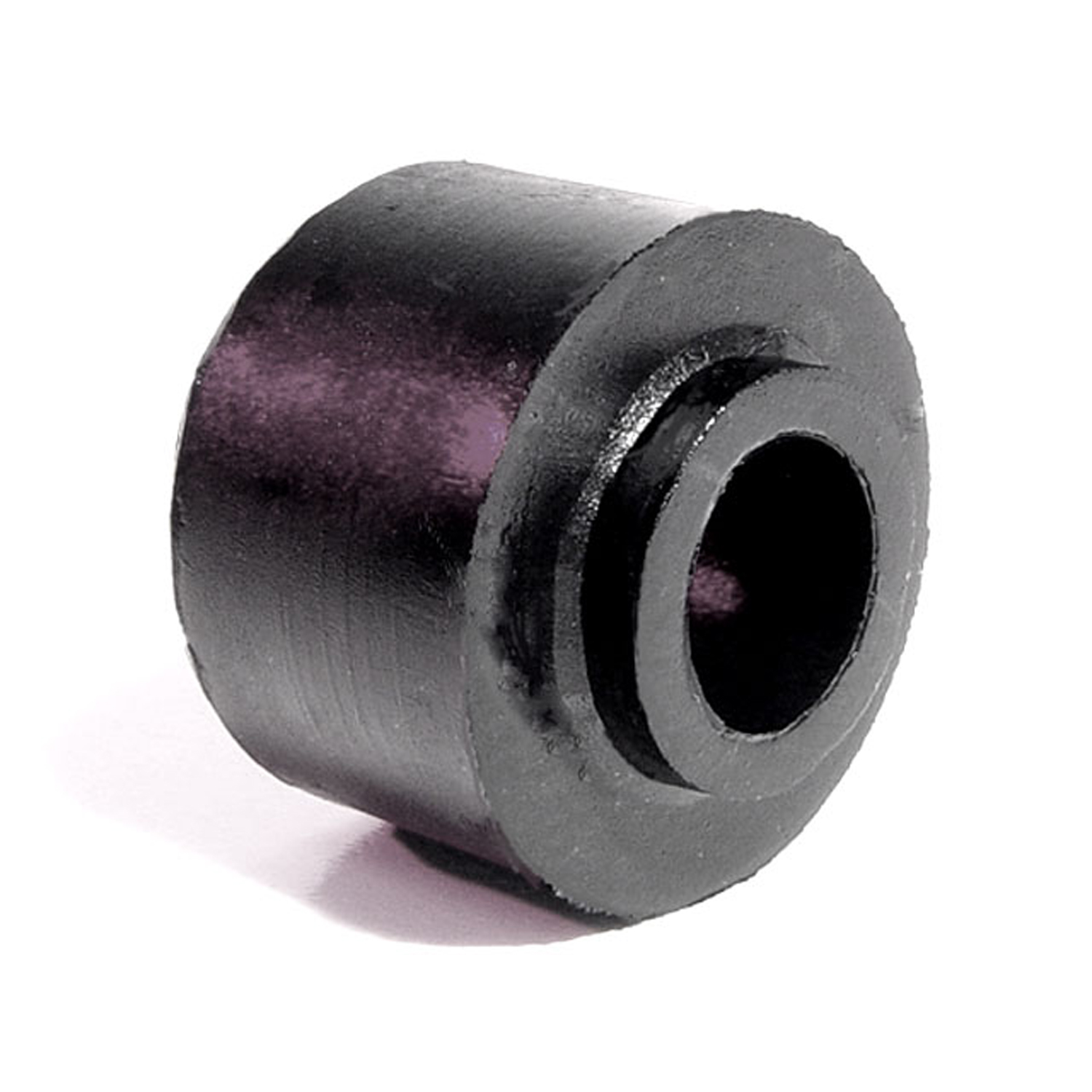 1974 Pontiac Bonneville Shock Absorber Grommet. 1" bottom O.D., 3/4" high-BN 1Shock Absorber Grommet. 1" bottom O.D., 3/4" high., with 7/16" I.D. Each
1974 Pontiac Bonneville Shock Absorber Grommet. 1" bottom O.D., 3/4" high-BN 1Shock Absorber Grommet. 1" bottom O.D., 3/4" high., with 7/16" I.D. Each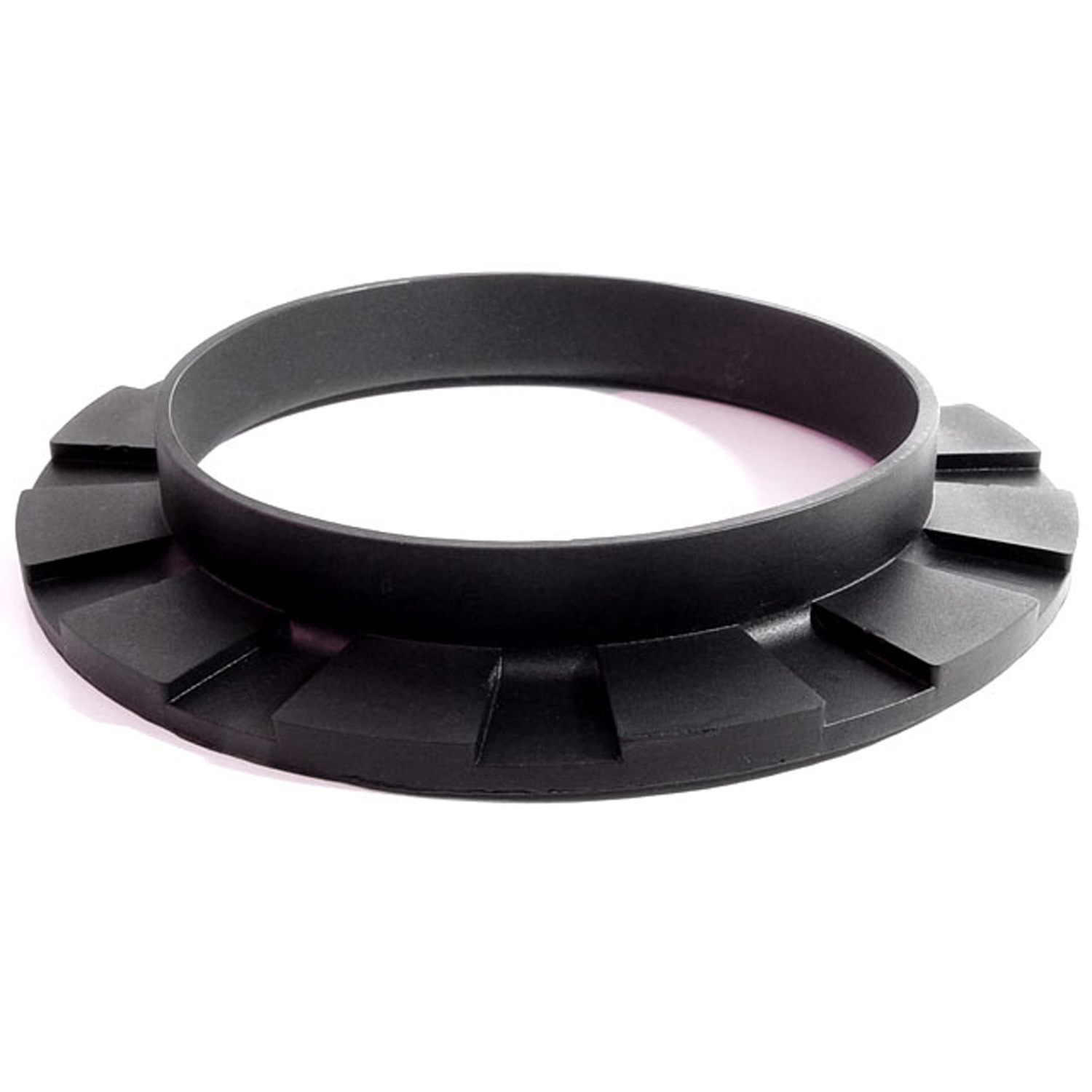 1974 Pontiac Bonneville Front coil-spring insulator-BN 110Front coil-spring insulator. Fits '41-'60 Oldsmobile and '50-'83 GM passenger models. 5-3/8 in. OD x 3-3/4 in. ID x 3/4 in. high with 13/16 in. wide bottom flange 1/4" thick, 12 flutes. Each.
1974 Pontiac Bonneville Front coil-spring insulator-BN 110Front coil-spring insulator. Fits '41-'60 Oldsmobile and '50-'83 GM passenger models. 5-3/8 in. OD x 3-3/4 in. ID x 3/4 in. high with 13/16 in. wide bottom flange 1/4" thick, 12 flutes. Each.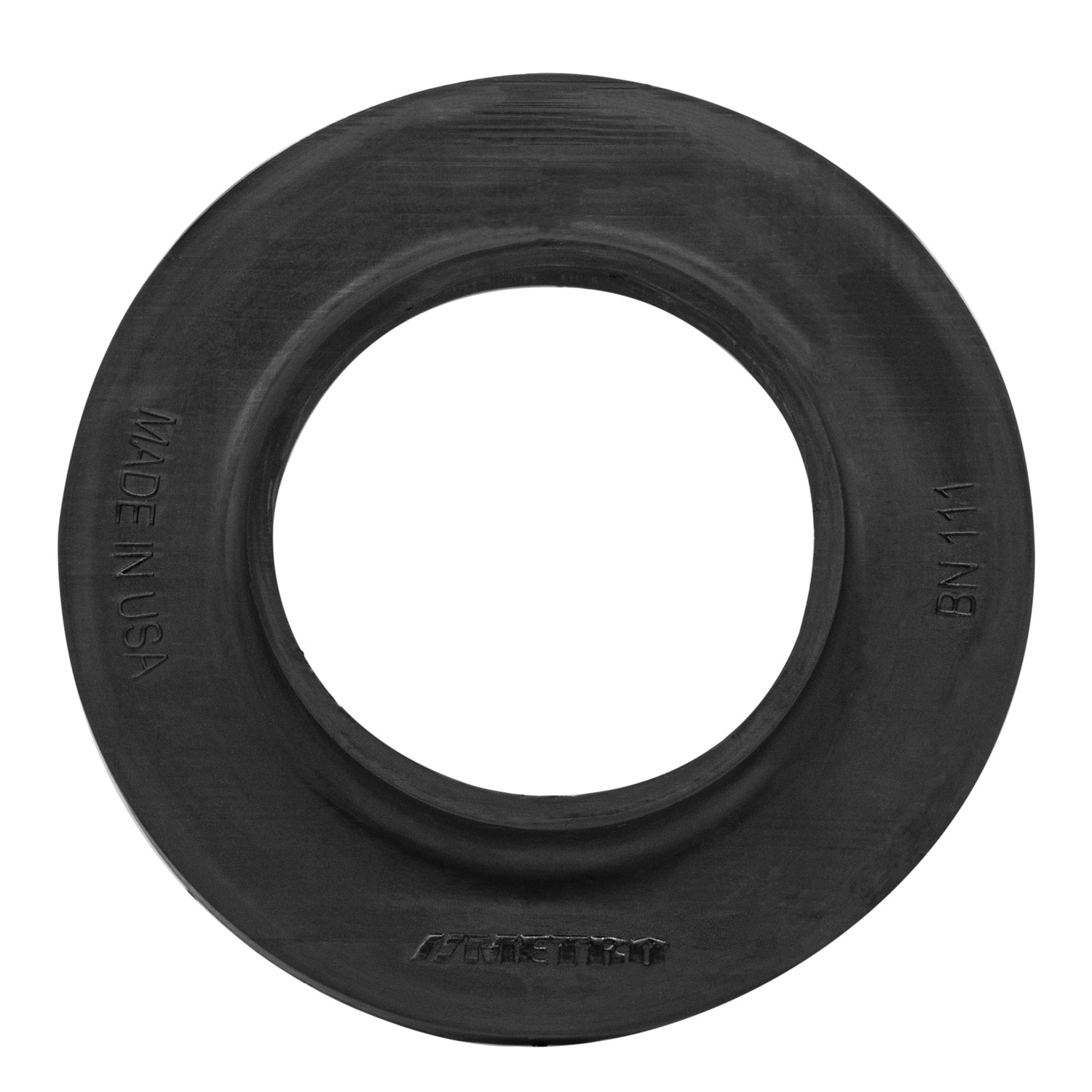 1974 Pontiac Bonneville Rear coil-spring insulator 1961-72 GM A-Body-BN 111Coil spring insulators are a great way to prevent metal-on-metal contact and noise. Manufactured to OEM specifications for a precise fit, these coil spring insulators are made of rubber and are used between the coil spring and the frame of your ride. 3-3/4 in. OD, 2-1/8 in. ID, 5/8 in. high with 3/16 in. , wide bottom flange 1/4 in. thick.
1974 Pontiac Bonneville Rear coil-spring insulator 1961-72 GM A-Body-BN 111Coil spring insulators are a great way to prevent metal-on-metal contact and noise. Manufactured to OEM specifications for a precise fit, these coil spring insulators are made of rubber and are used between the coil spring and the frame of your ride. 3-3/4 in. OD, 2-1/8 in. ID, 5/8 in. high with 3/16 in. , wide bottom flange 1/4 in. thick.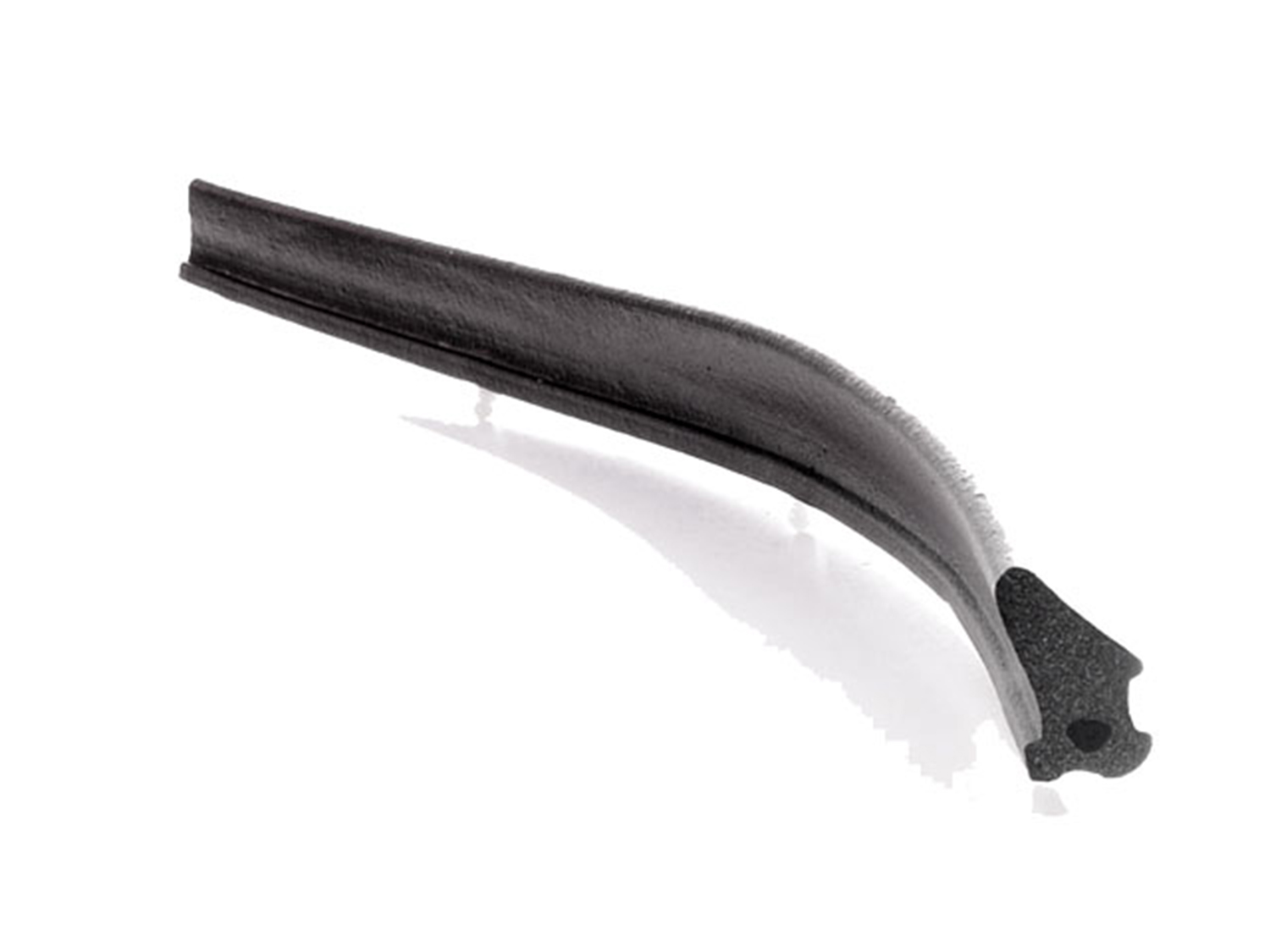 1974 Pontiac Bonneville Door Side Seal-C/LP 40-KDoor Side Seal. Made of smooth skin sponge extrusion, with clips installed. (For seal without clips, see LP 40-K) Sold by the foot.
1974 Pontiac Bonneville Door Side Seal-C/LP 40-KDoor Side Seal. Made of smooth skin sponge extrusion, with clips installed. (For seal without clips, see LP 40-K) Sold by the foot.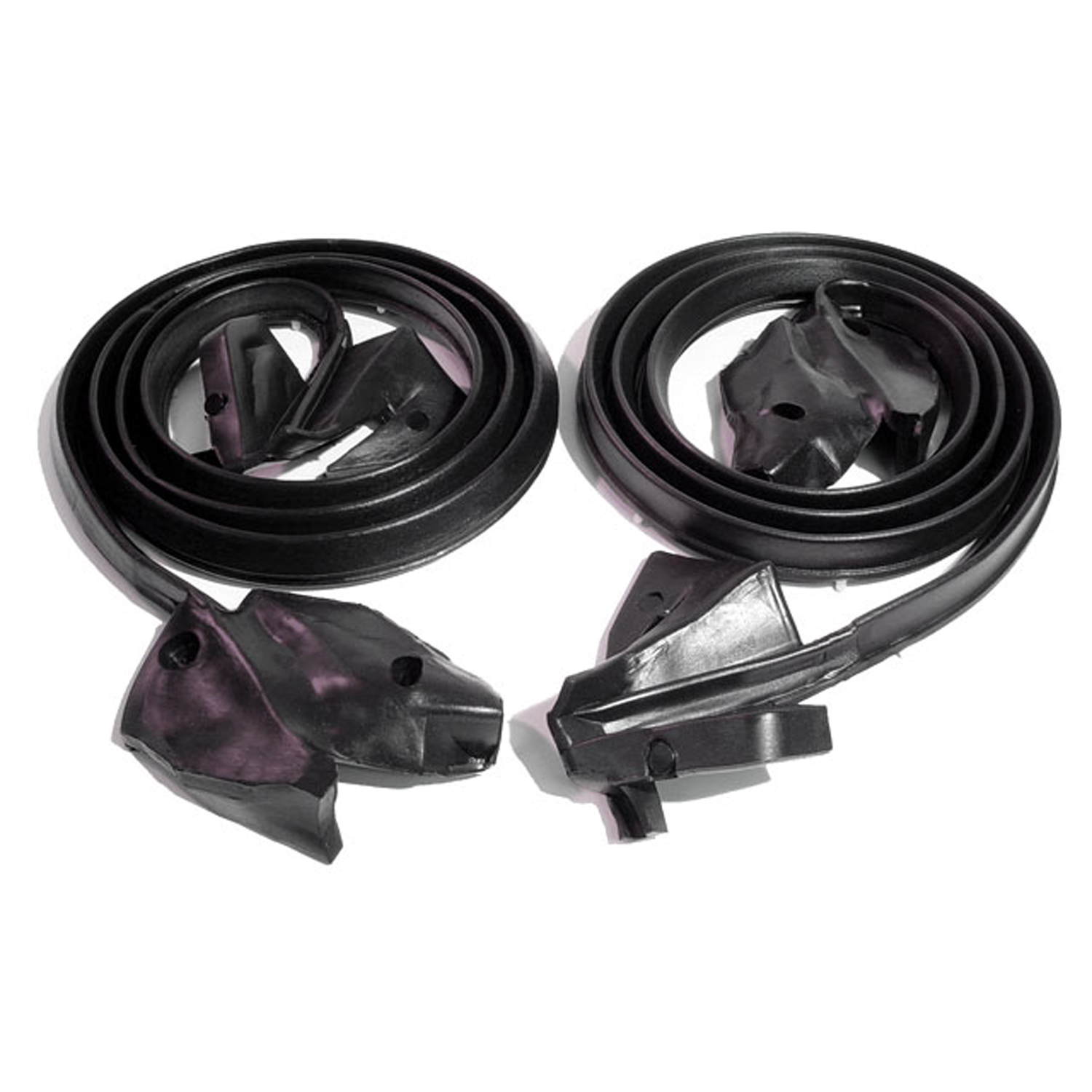 1974 Pontiac Bonneville Molded Door Seals. For 2-door hardtops and convertibles-LM 12-HMolded Door Seals. For 2-door hardtops and convertibles. Replaces OEM #9824514/5. Pair R&L
1974 Pontiac Bonneville Molded Door Seals. For 2-door hardtops and convertibles-LM 12-HMolded Door Seals. For 2-door hardtops and convertibles. Replaces OEM #9824514/5. Pair R&L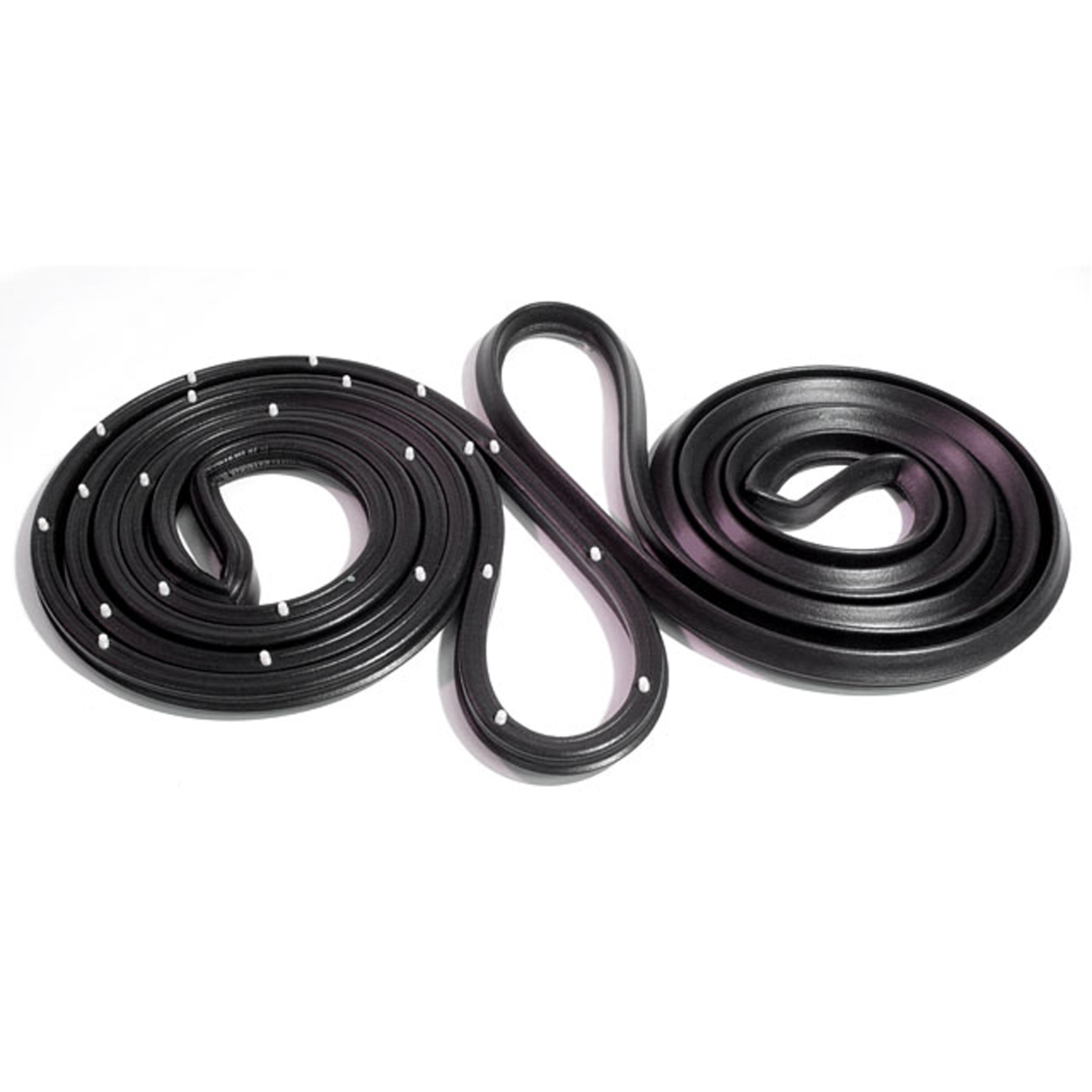 1974 Pontiac Bonneville Front Molded Door Seals-LM 16-GFront Molded Door Seals. For 4-door sedan and wagon, with RWD. Each is 138-1/2" long. Pair R&L
1974 Pontiac Bonneville Front Molded Door Seals-LM 16-GFront Molded Door Seals. For 4-door sedan and wagon, with RWD. Each is 138-1/2" long. Pair R&L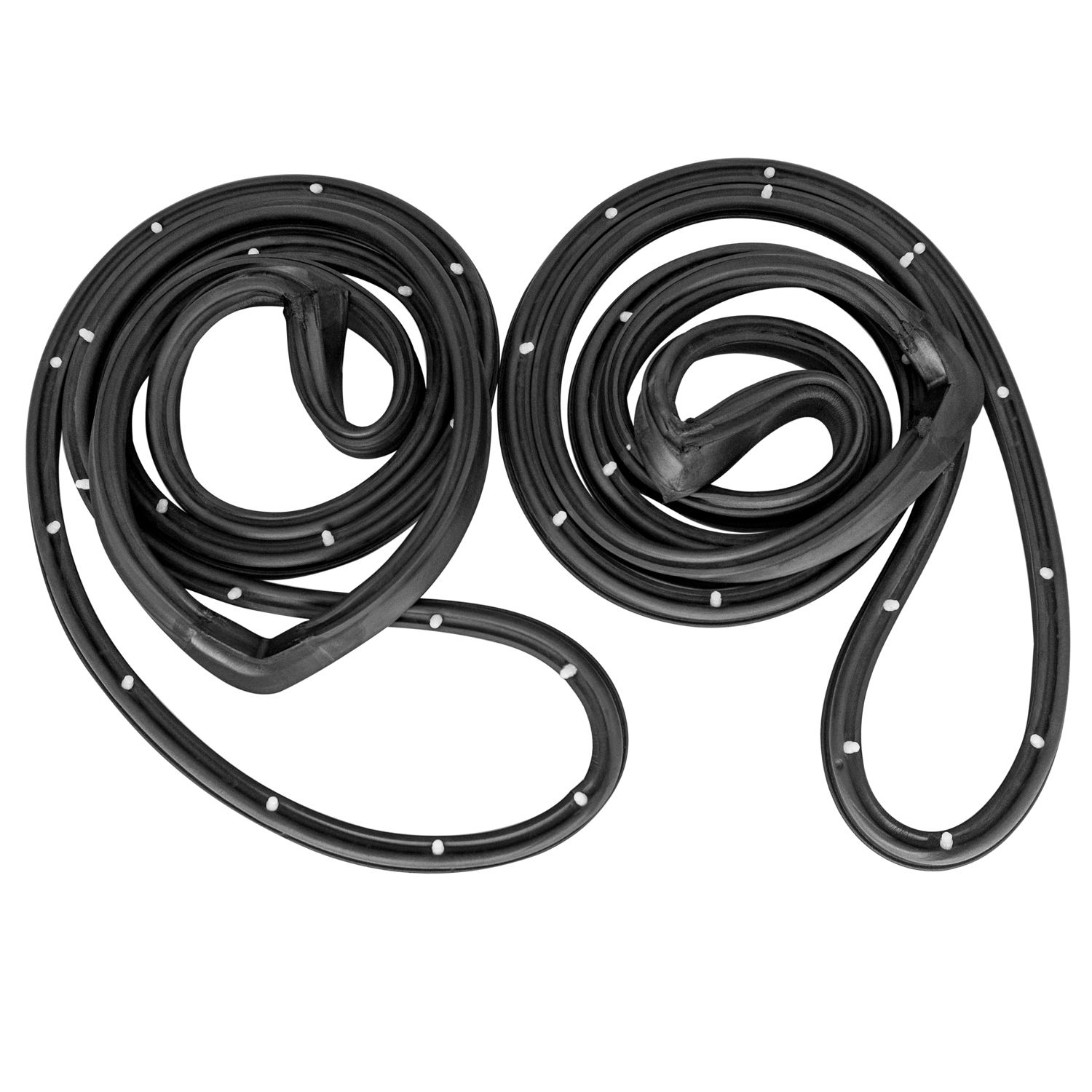 1974 Pontiac Bonneville Rear Molded Door Seals. For 4-door sedan only, with RWD-LM 16-G/RRear Molded Door Seals. For 4-door sedan only, with RWD. Each is 123-1/4" long. Pair R&L
1974 Pontiac Bonneville Rear Molded Door Seals. For 4-door sedan only, with RWD-LM 16-G/RRear Molded Door Seals. For 4-door sedan only, with RWD. Each is 123-1/4" long. Pair R&L 1974 Pontiac Bonneville Trunk Liner. Loose weave, jet black. 50" wide-M 30Trunk Liner. Loose weave, jet black. 50" wide. Sold by the foot
1974 Pontiac Bonneville Trunk Liner. Loose weave, jet black. 50" wide-M 30Trunk Liner. Loose weave, jet black. 50" wide. Sold by the foot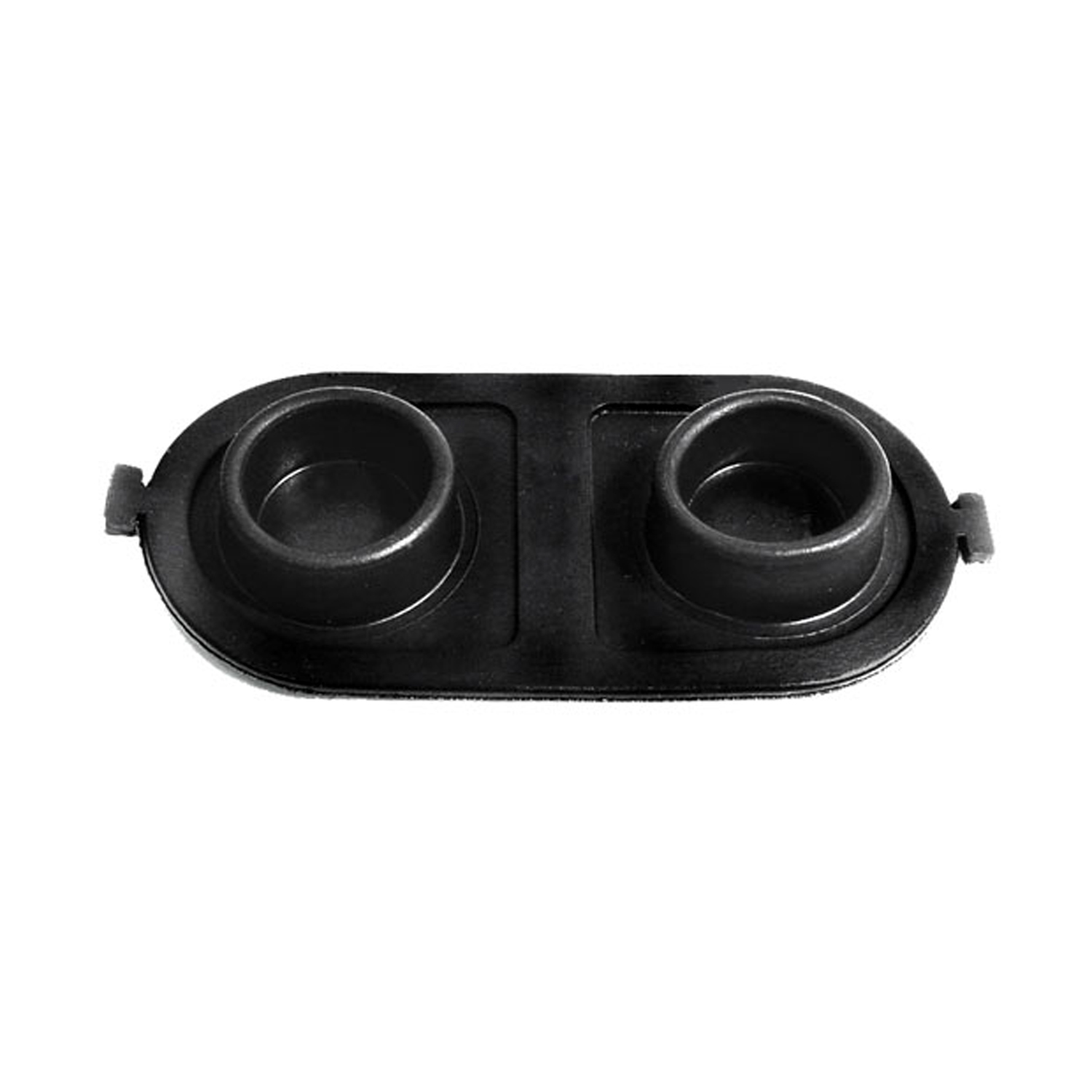 1974 Pontiac Bonneville Brake Master Cylinder Cover Seal. Replaces OEM #5470861-RP 2-EBrake Master Cylinder Cover Seal. Replaces OEM #5470861. 5" X 2-1/2". Each
1974 Pontiac Bonneville Brake Master Cylinder Cover Seal. Replaces OEM #5470861-RP 2-EBrake Master Cylinder Cover Seal. Replaces OEM #5470861. 5" X 2-1/2". Each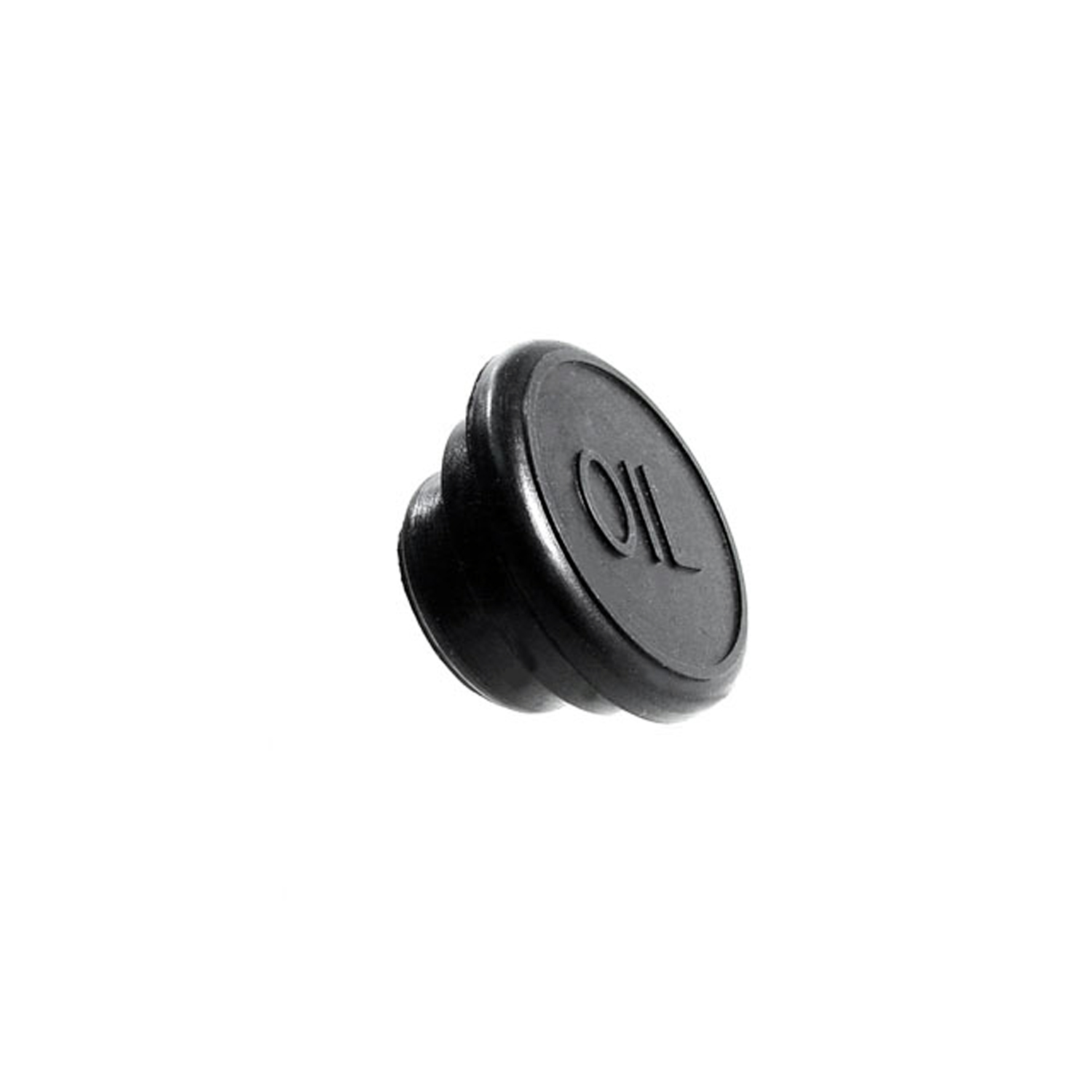 1974 Pontiac Bonneville Oil Filler Hole Cap. Made of rubber-RP 8Oil Filler Hole Cap. Made of rubber. Fits a 1-3/16" to 1-1/4" hole. Each
1974 Pontiac Bonneville Oil Filler Hole Cap. Made of rubber-RP 8Oil Filler Hole Cap. Made of rubber. Fits a 1-3/16" to 1-1/4" hole. Each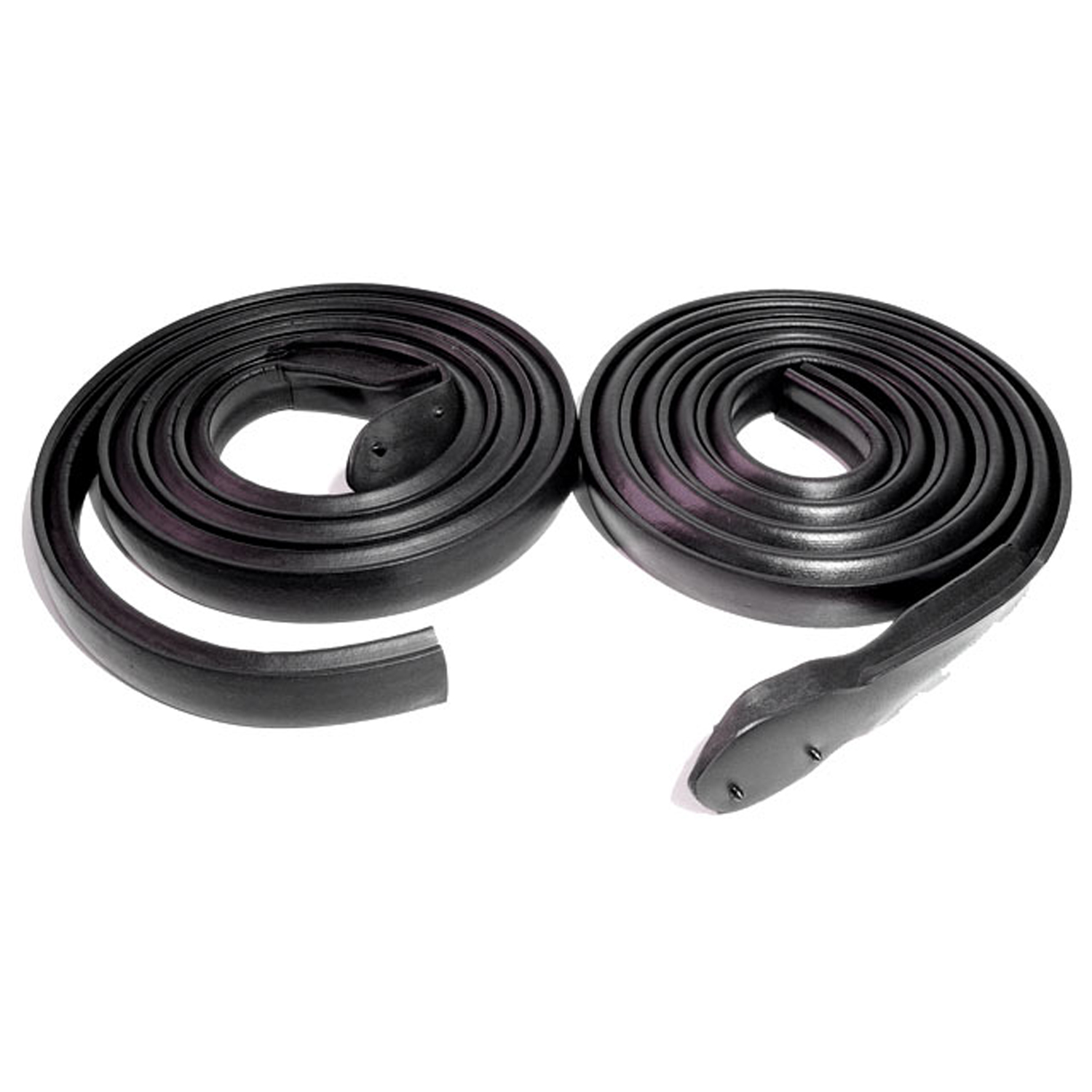 1974 Pontiac Bonneville Molded Roof Rail Seals, for 2-Door Hardtop-RR 5007Molded Roof Rail Seals, for 2-Door Hardtop. Made with molded ends. 73-5/8" long. Pair R&L
1974 Pontiac Bonneville Molded Roof Rail Seals, for 2-Door Hardtop-RR 5007Molded Roof Rail Seals, for 2-Door Hardtop. Made with molded ends. 73-5/8" long. Pair R&L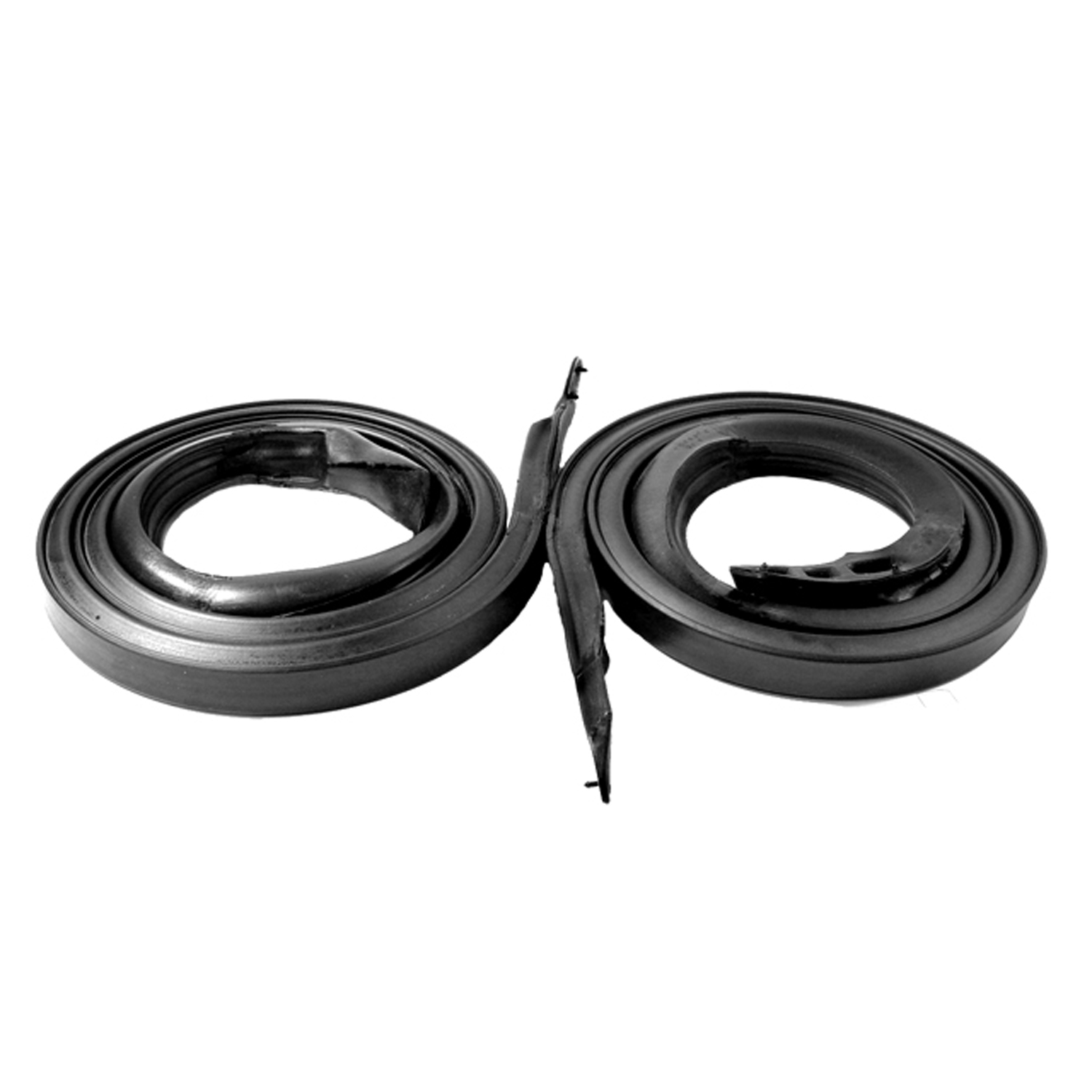 1974 Pontiac Bonneville Molded Roof Rail Seals for 4-Door Hardtop. Pair-RR 5007-EMolded Roof Rail Seals for 4-Door Hardtop. Pair
1974 Pontiac Bonneville Molded Roof Rail Seals for 4-Door Hardtop. Pair-RR 5007-EMolded Roof Rail Seals for 4-Door Hardtop. Pair 1974 Pontiac Bonneville Front door window stop bumper. ’70-’81 GM passenger cars-SB 70-AFront door window stop bumper. '70-'81 GM passenger cars. Dense rubber. Replaces OEM# 9810036. Each.
1974 Pontiac Bonneville Front door window stop bumper. ’70-’81 GM passenger cars-SB 70-AFront door window stop bumper. '70-'81 GM passenger cars. Dense rubber. Replaces OEM# 9810036. Each.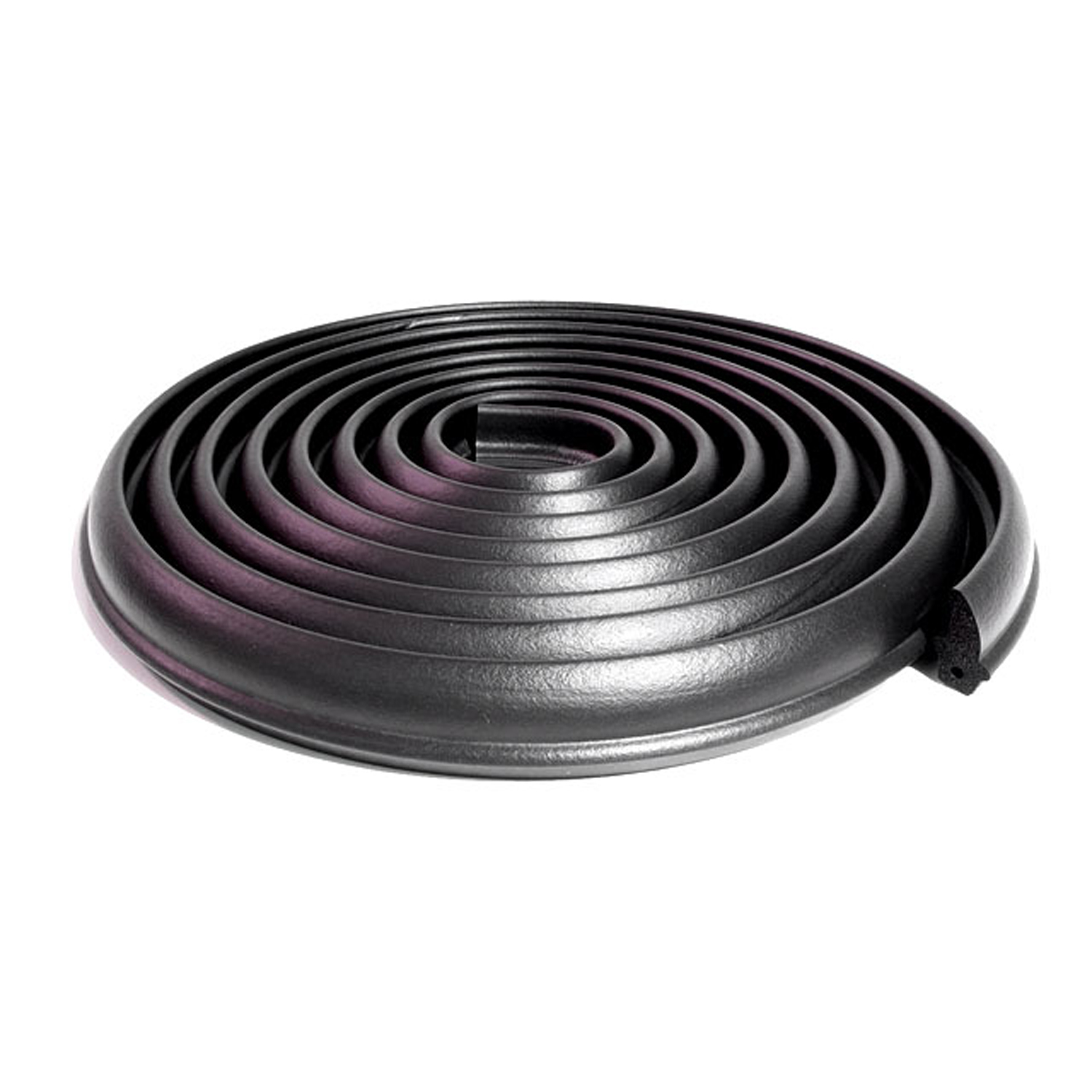 1974 Pontiac Bonneville Trunk Seal. Each-TK 46-E/18Trunk Seal. Each
1974 Pontiac Bonneville Trunk Seal. Each-TK 46-E/18Trunk Seal. Each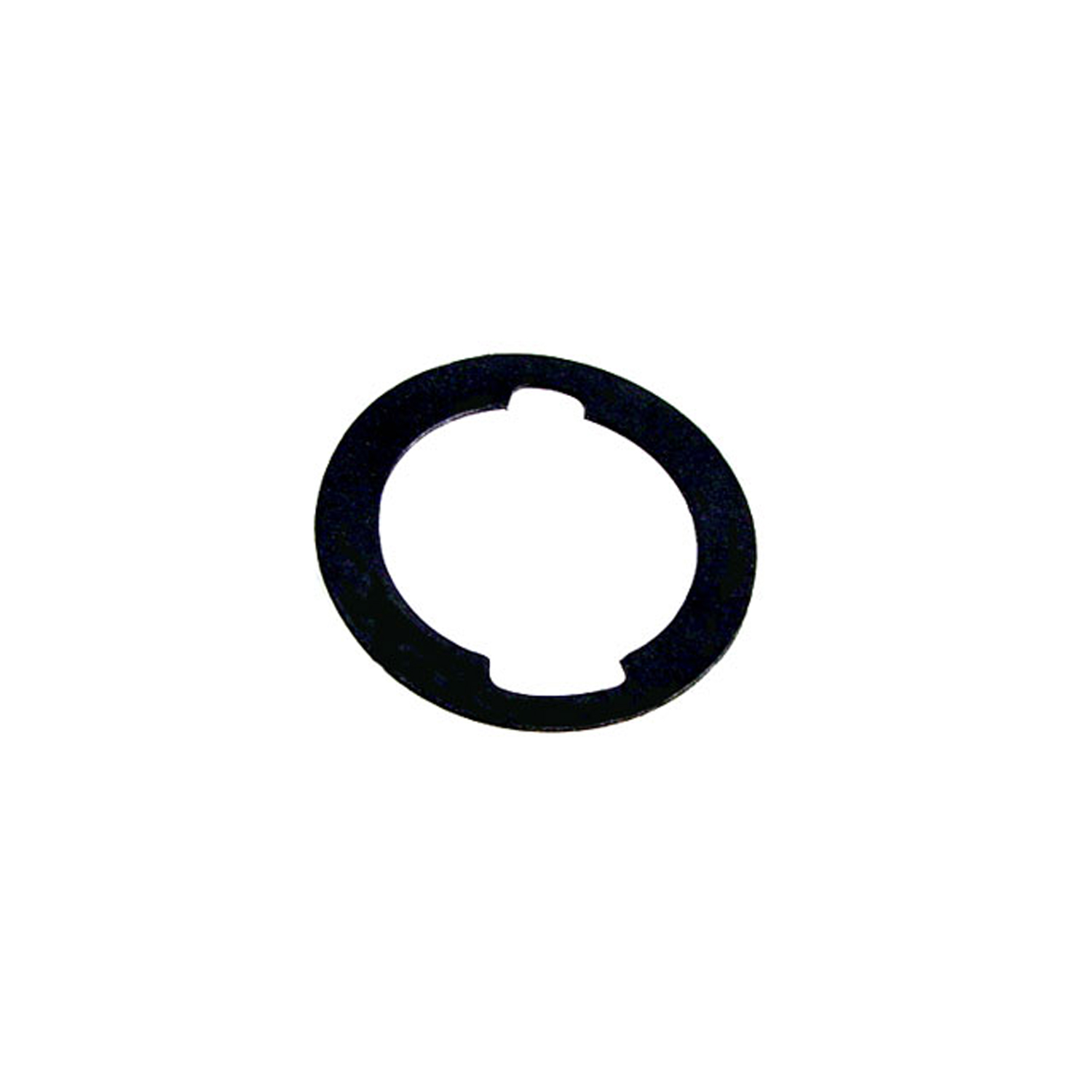 1974 Pontiac Bonneville Unbeaded Door and Trunk Lock Gasket. 1-3/16" O.D., 7/8" I.D-UM 1600-100Unbeaded Door and Trunk Lock Gasket. 1-3/16" O.D., 7/8" I.D. Each
1974 Pontiac Bonneville Unbeaded Door and Trunk Lock Gasket. 1-3/16" O.D., 7/8" I.D-UM 1600-100Unbeaded Door and Trunk Lock Gasket. 1-3/16" O.D., 7/8" I.D. Each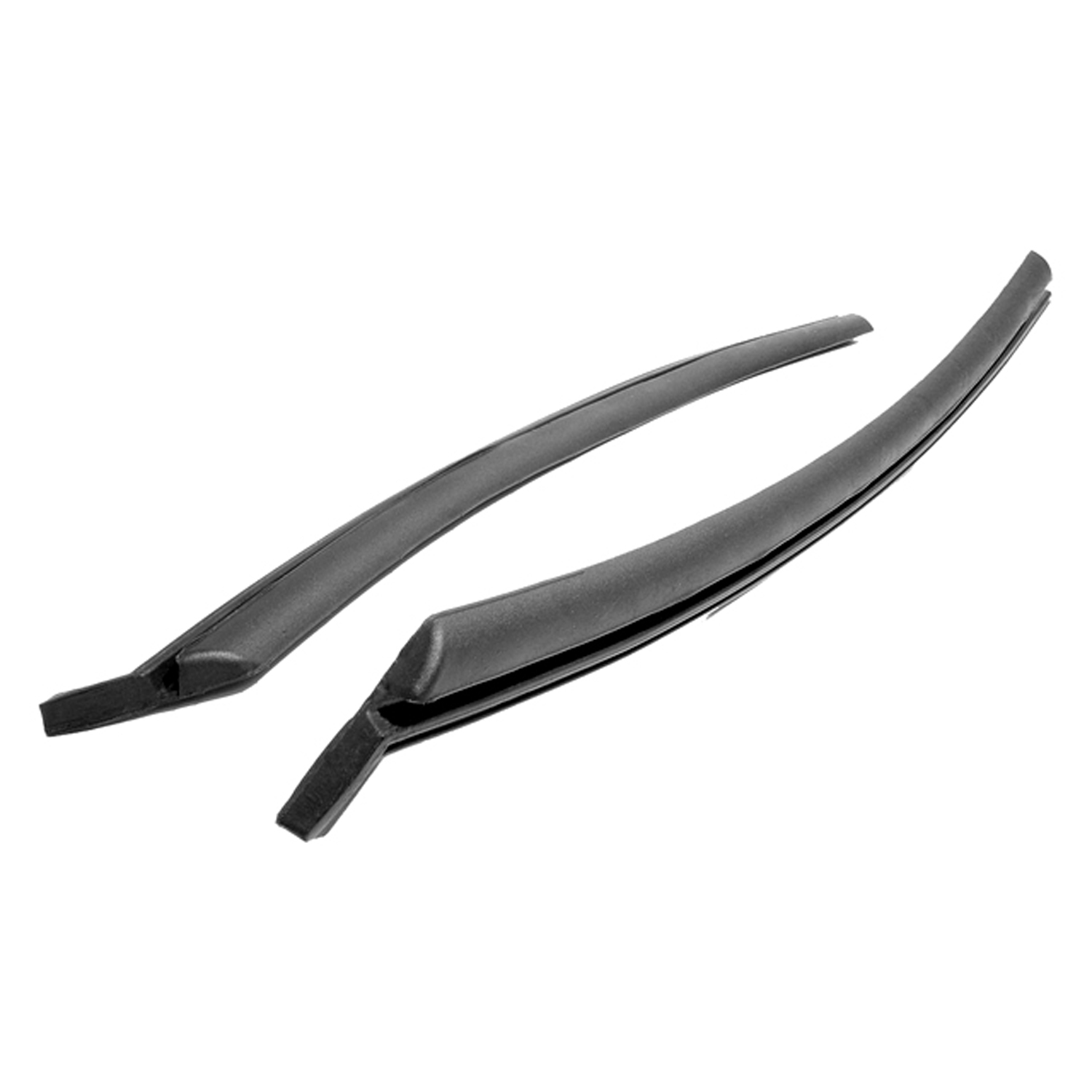 1974 Pontiac Bonneville Rear Roll-Up Quarter Window Seals, made with steel core-VS 3-NRear Roll-Up Quarter Window Seals, made with steel core. For 2-Door Hardtops and Convertibles. 18" Long. Pair
1974 Pontiac Bonneville Rear Roll-Up Quarter Window Seals, made with steel core-VS 3-NRear Roll-Up Quarter Window Seals, made with steel core. For 2-Door Hardtops and Convertibles. 18" Long. Pair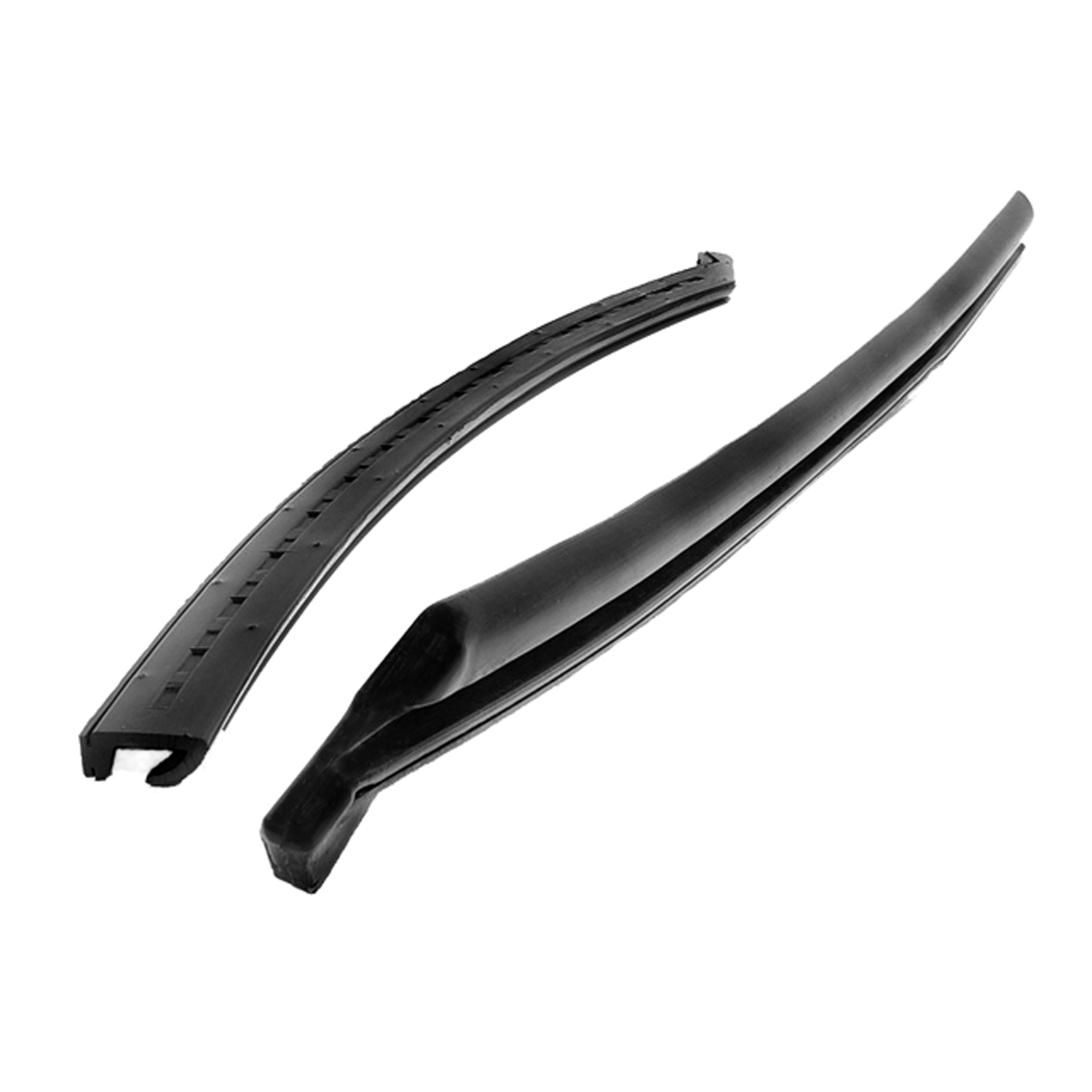 1974 Pontiac Bonneville Rear Roll-Up Quarter Window Seals, for 4-Door Hardtops-VS 3-YRear Roll-Up Quarter Window Seals, for 4-Door Hardtops. 19-1/8" Long. Pair
1974 Pontiac Bonneville Rear Roll-Up Quarter Window Seals, for 4-Door Hardtops-VS 3-YRear Roll-Up Quarter Window Seals, for 4-Door Hardtops. 19-1/8" Long. Pair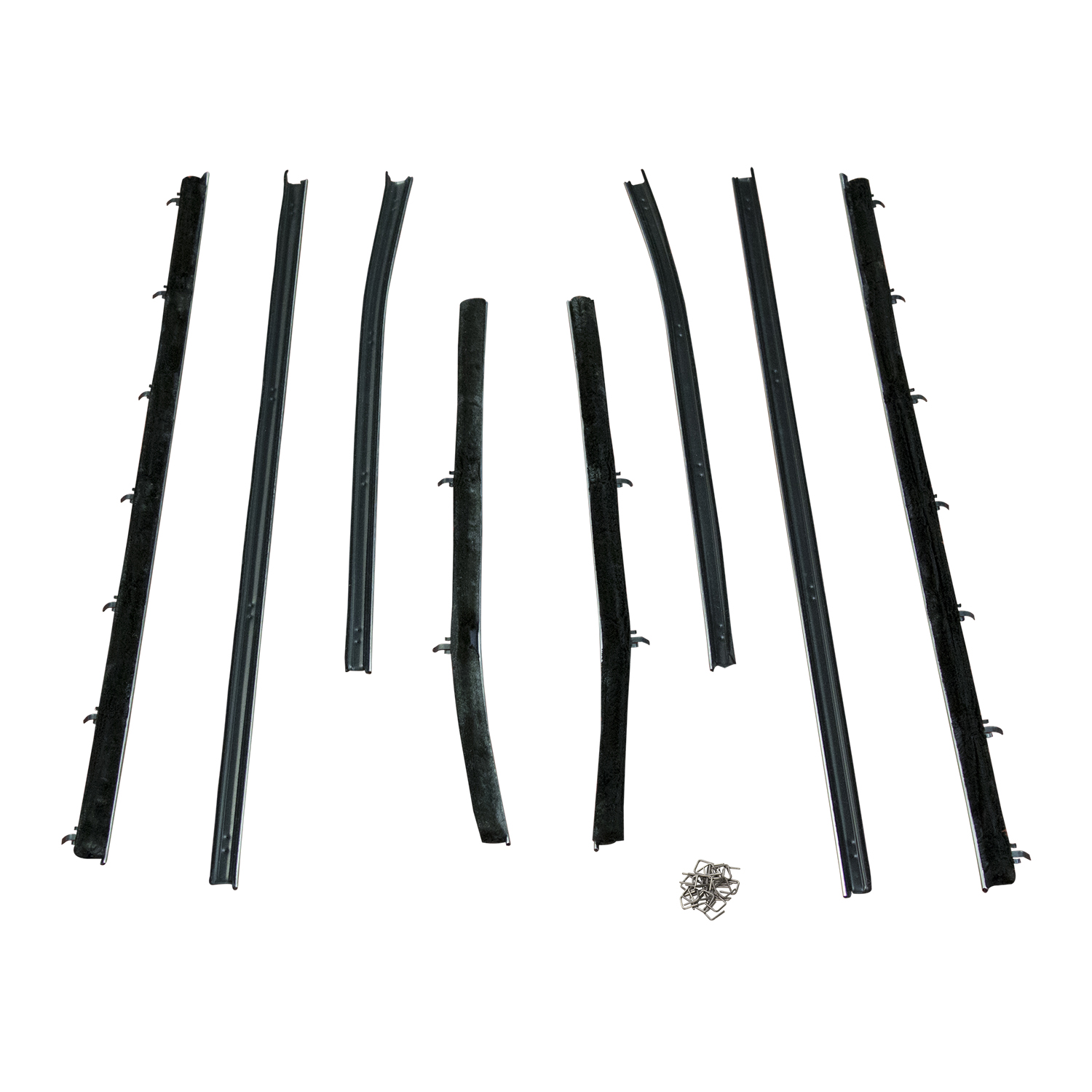 1974 Pontiac Bonneville Window sweepers, 71-76 Pontiac Bonneville 2 Door Hardtop-WC 8200-72Window Sweeper, 71-76 Pontiac Bonneville 2 Door Hardtop, Outer Sweeps Only. 4 Piece Set.
1974 Pontiac Bonneville Window sweepers, 71-76 Pontiac Bonneville 2 Door Hardtop-WC 8200-72Window Sweeper, 71-76 Pontiac Bonneville 2 Door Hardtop, Outer Sweeps Only. 4 Piece Set.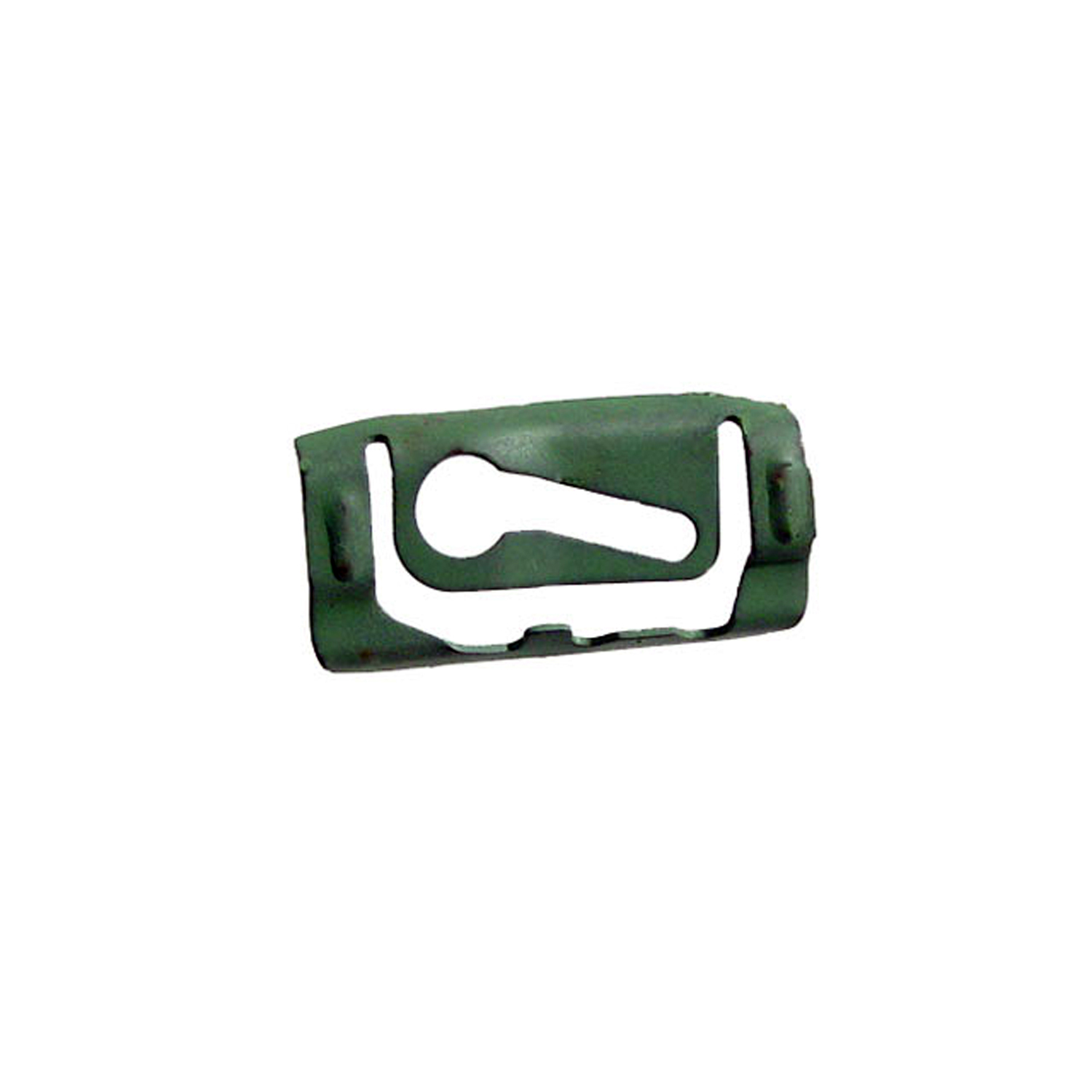 1974 Pontiac Bonneville Quarter Window Reveal Molding Clip. Made of Steel-WF 205Quarter Window Reveal Molding Clip. Made of Steel. 1-3/8" X 11/16". Each
1974 Pontiac Bonneville Quarter Window Reveal Molding Clip. Made of Steel-WF 205Quarter Window Reveal Molding Clip. Made of Steel. 1-3/8" X 11/16". Each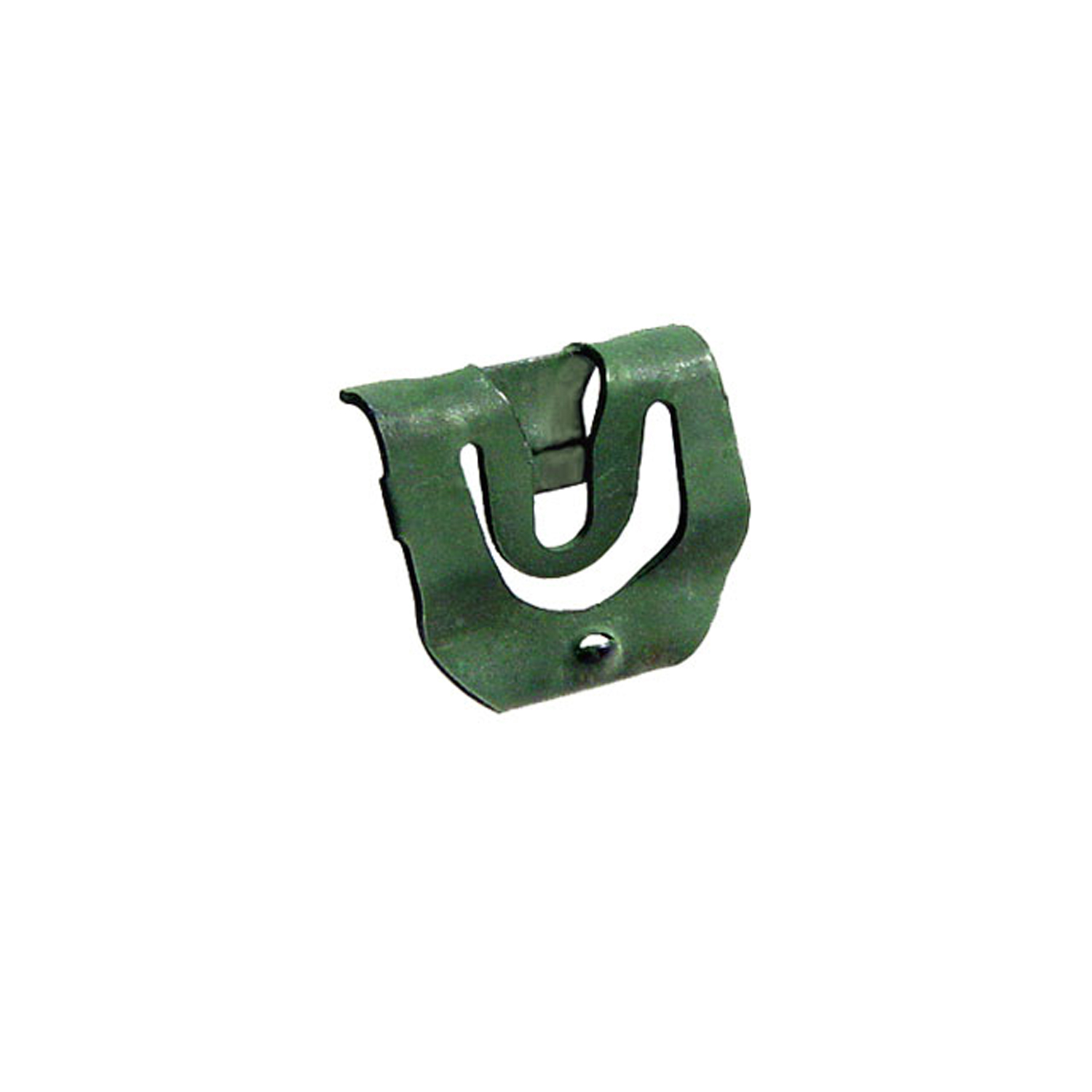 1974 Pontiac Bonneville Rear Window Reveal Molding Clip. For Station Wagons-WF 208Rear Window Reveal Molding Clip. For Station Wagons. Made of steel. 5/8" x 3/4". Each
1974 Pontiac Bonneville Rear Window Reveal Molding Clip. For Station Wagons-WF 208Rear Window Reveal Molding Clip. For Station Wagons. Made of steel. 5/8" x 3/4". Each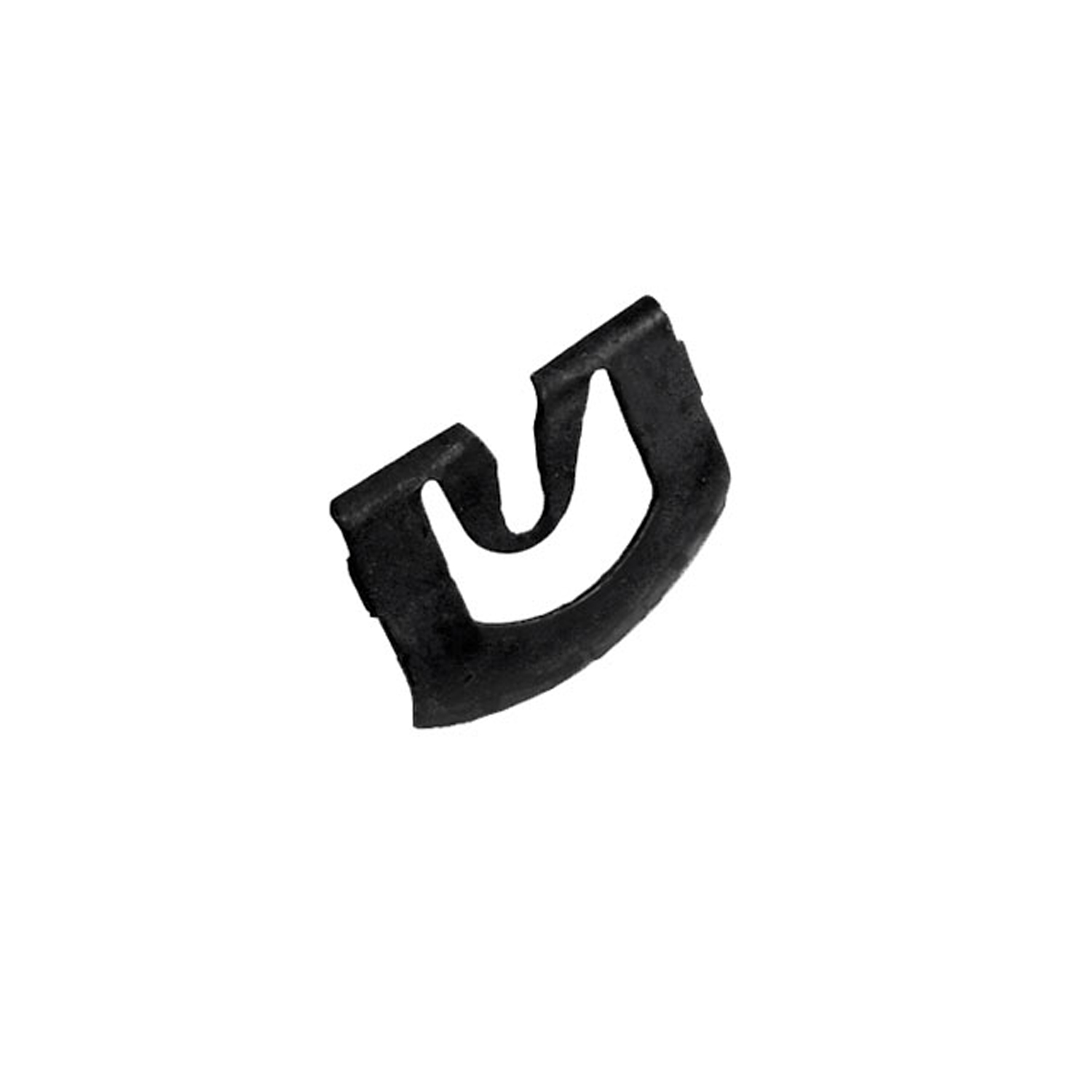 1974 Pontiac Bonneville Windshield Reveal Molding Clip. Made of steel. 13/16" x 1"-WF 209Windshield Reveal Molding Clip. Made of steel. 13/16" x 1". Each
1974 Pontiac Bonneville Windshield Reveal Molding Clip. Made of steel. 13/16" x 1"-WF 209Windshield Reveal Molding Clip. Made of steel. 13/16" x 1". Each 1974 Pontiac Bonneville Rear Windshield Reveal Molding Clip. Made of steel-WF 211Rear Windshield Reveal Molding Clip. Made of steel. 15/16" X 3/4". Each
1974 Pontiac Bonneville Rear Windshield Reveal Molding Clip. Made of steel-WF 211Rear Windshield Reveal Molding Clip. Made of steel. 15/16" X 3/4". Each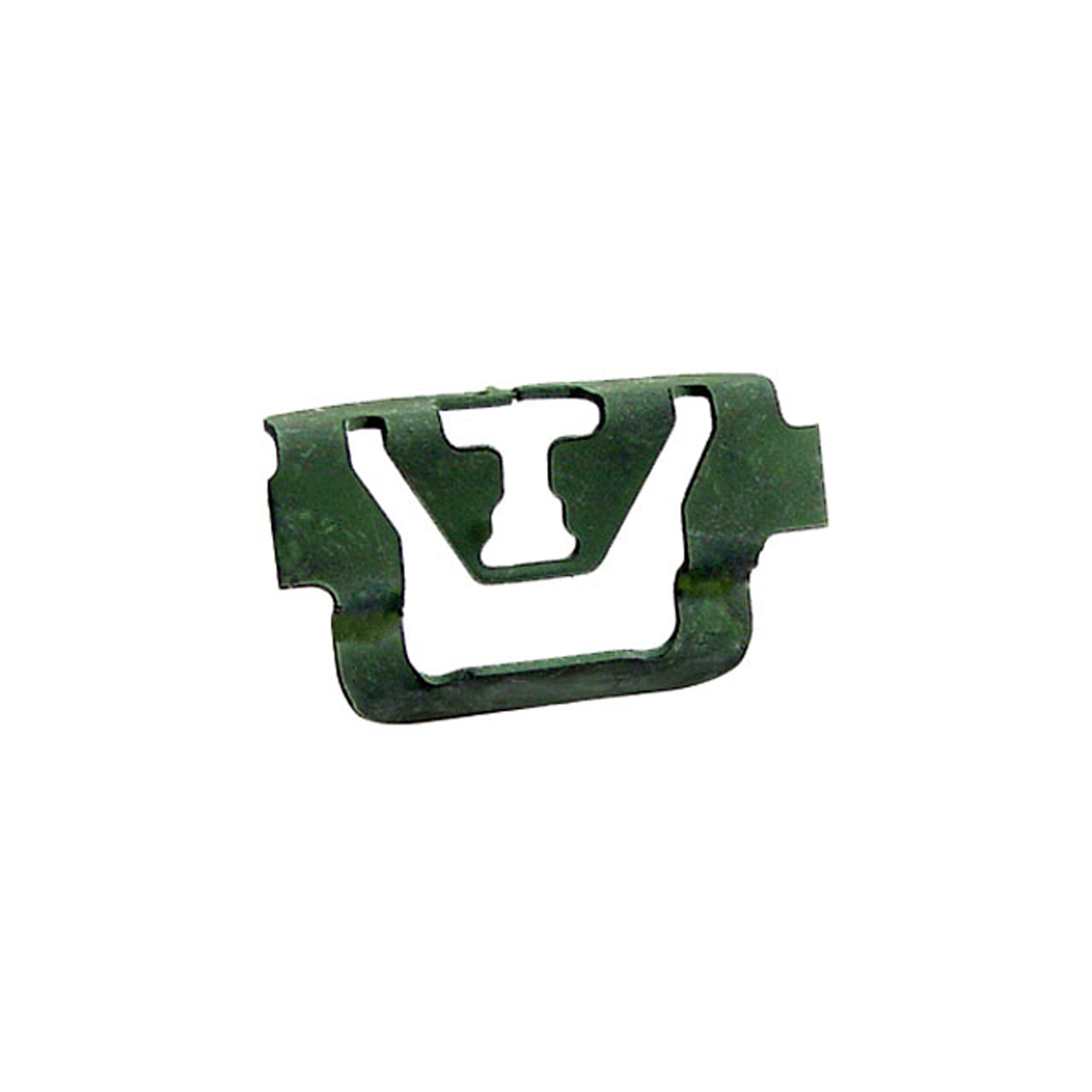 1974 Pontiac Bonneville Rear Windshield Reveal Molding Clip. Made of steel-WF 213Rear Windshield Reveal Molding Clip. Made of steel. 7/8" X 5/8". Each
1974 Pontiac Bonneville Rear Windshield Reveal Molding Clip. Made of steel-WF 213Rear Windshield Reveal Molding Clip. Made of steel. 7/8" X 5/8". Each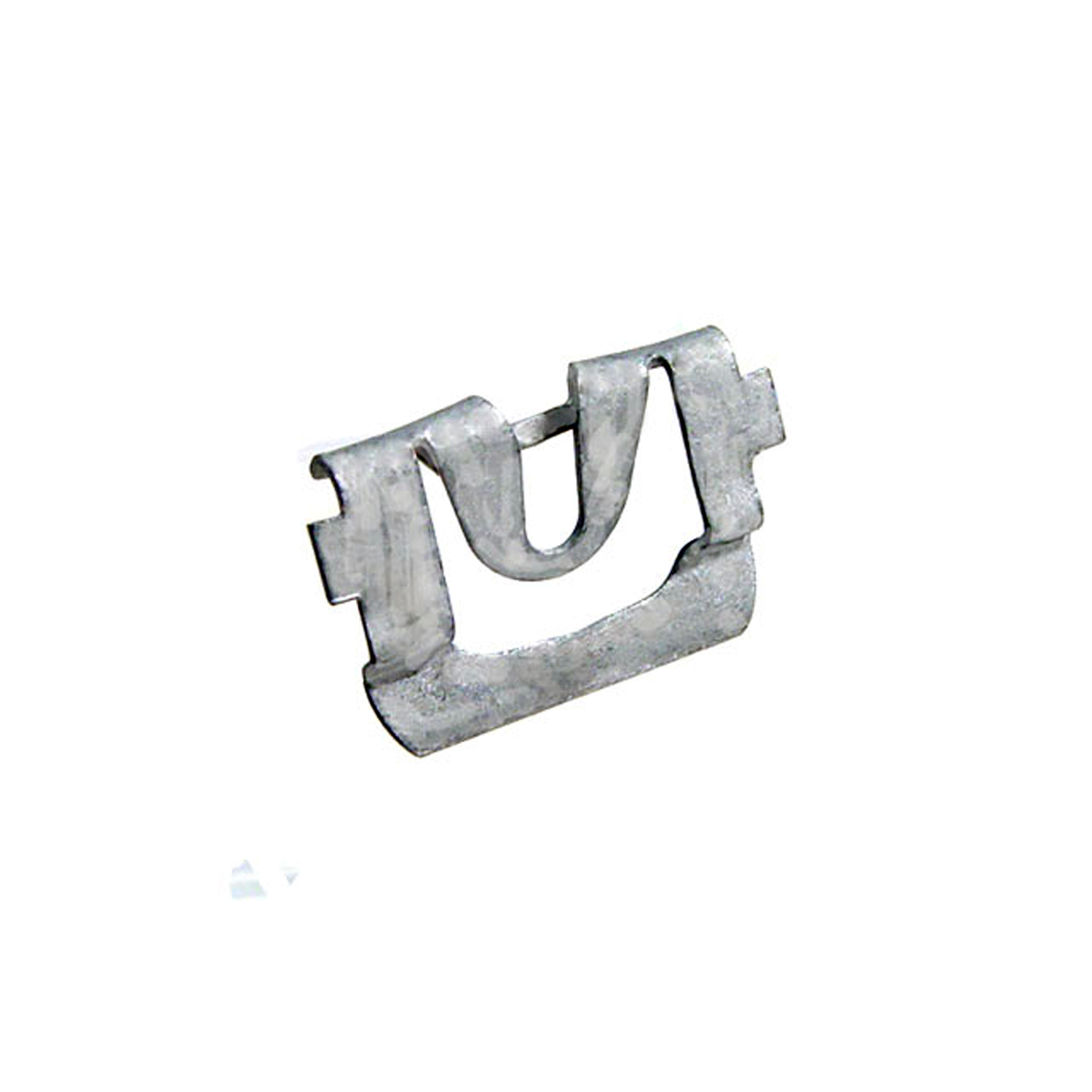 1974 Pontiac Bonneville Windshield Reveal Molding Clip. Made of steel-WF 223Windshield Reveal Molding Clip. Made of steel. 1/1/8" X 3/4". Each
1974 Pontiac Bonneville Windshield Reveal Molding Clip. Made of steel-WF 223Windshield Reveal Molding Clip. Made of steel. 1/1/8" X 3/4". Each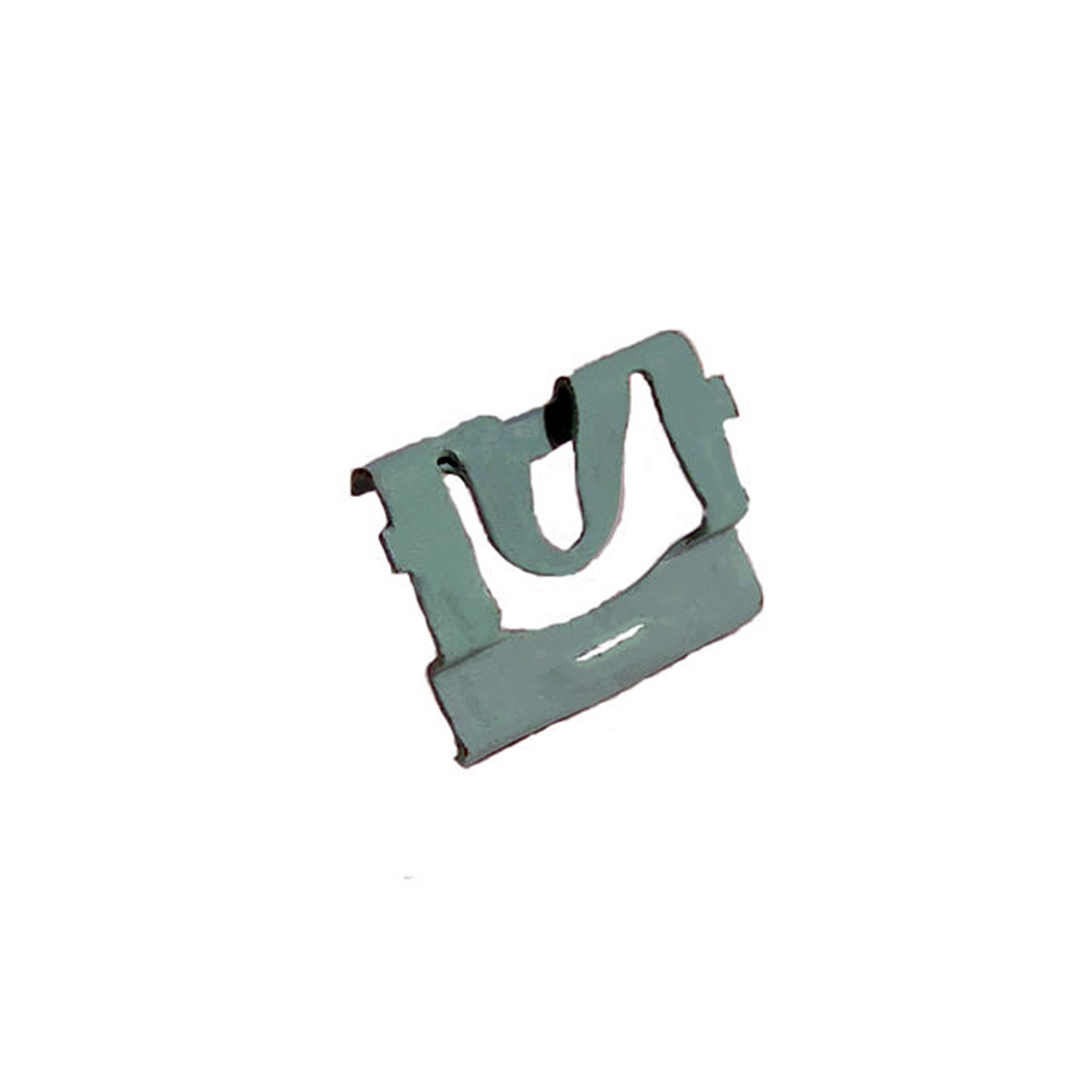 1974 Pontiac Bonneville Windshield Reveal Molding Clip. Made of steel-WF 224Windshield Reveal Molding Clip. Made of steel. 1-1/4" X 3/4". Fits many models. Each
1974 Pontiac Bonneville Windshield Reveal Molding Clip. Made of steel-WF 224Windshield Reveal Molding Clip. Made of steel. 1-1/4" X 3/4". Fits many models. EachWhy Choose Metro?
For over 100 years, Metro Moulded Parts has been the pinnacle of quality in classic car restoration parts. Our commitment to precision and authenticity in every component ensures a perfect fit and an OEM-level appearance.
- Expert Craftsmanship & Quality: Each part is a testament to our dedication to reliability and perfection, crafted from original designs and thoroughly tested.
- Advanced Technology: We use cutting-edge techniques to create flawless, long-lasting parts that surpass others in performance.
- SuperSoft Sponge – The Ultimate Door Seal: Not only are our door seals 30% softer than competitors', but they're also guaranteed to never leak. They effectively reduce wind and road noise, enhancing your classic car's comfort and driving experience.
- Proudly American: Our parts are a product of American craftsmanship, made in the USA with a spirit of excellence and heritage.
- Unrivaled Warranty: We back our products with a 30-year industry-leading warranty, a testament to our confidence in their quality.
Join us in preserving the legacy of classic cars with parts that are crafted for perfection, not just made.

